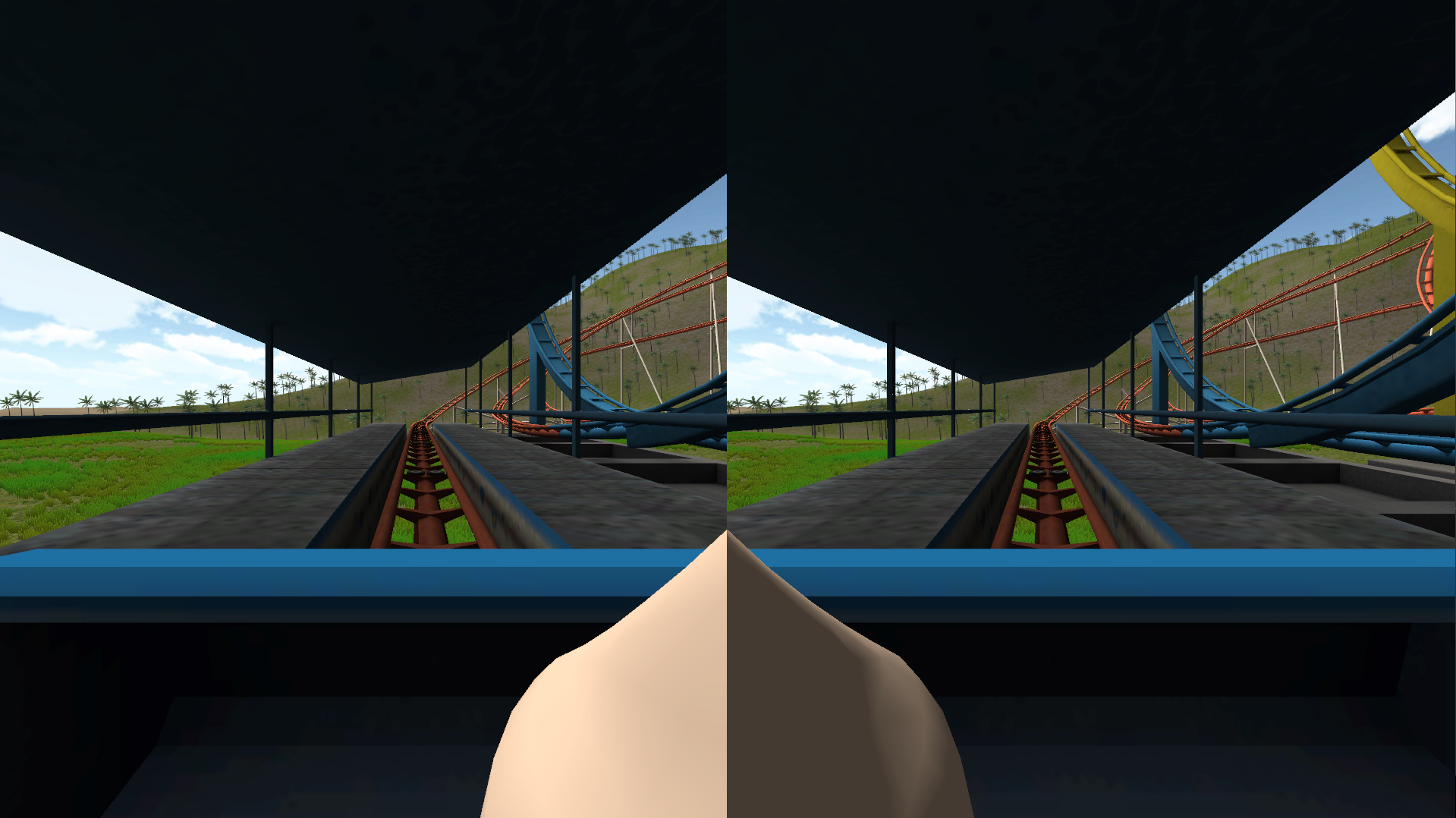The annoying existence of nausea among those immersed in virtual reality simulators is an issue a lot of people are working on, but could a virtual nose be the cure?
A fixed point is what many feel is needed, allowing your vision to establish context with all the immersive technology. Thus, the perimeter of your vision is often taken up by the dashboard of a car you are driving, or the cockpit of a plane.
By them staying visual yet stagnant throughout your experience, it is thought that this allows your brain to better process, and balance, your virtual reality.
But obviously you can’t always be driving and flying around, sometimes users of VR may want to walk, sit, run or jump. What then?
Well, researchers at Purdue University, or rather an undergrad at Purdue University, came up with the something while everyone were bouncing ideas around a table.
Bradley Ziegler was the person who thought outside the box, but within the human structure, suggesting a small nose, constant in your line of vision in VR, much like in reality.
“It was a stroke of genius,” said David Whittinghill, an assistant professor in Purdue University, teaching game design. “You are constantly seeing your own nose. You tune it out, but it’s still there, perhaps giving you a frame of reference to help ground you.”

This screenshot is from one application where the user rides a roller coaster. Findings suggest the virtual nose reduces simulator sickness. (David Whittinghill/Purdue University image)
To test it on a pool of subjects the team divided a total of 40-odd mostly male people into two. One side were given the nose in the VR simulation, the other were not, and no one was told it existed.
By the way, the virtual nose is called a “nasum virtualis”, which is just swell.
“Surprisingly, subjects did not notice [it], and they were incredulous when its presence was revealed to them later in debriefings,” Whittinghill said.
Despite the small, limited pool of subjects, it did seem to make a difference – those with the nasum virtualis lasted longer, on average, before feeling sick.
Interestingly Oculus CTO John Carmack is a fan after seeing the presentation at the Game Developers Conference recently. “He was intrigued… it hadn’t occurred to him and he thought he might give it a shot,” said Whittinghill in Arstechnica.
It’s unclear just how effective this will be, but Purdue University’s researchers are ploughing ahead with ore research.
“Our long-term goal is to create a fully predictive model of simulator sickness that will allow us to predict, given a specific set of perceptual and individual inputs, what level of simulator sickness one can expect,” Whittinghill said.
Virtual reality image, via Shutterstock